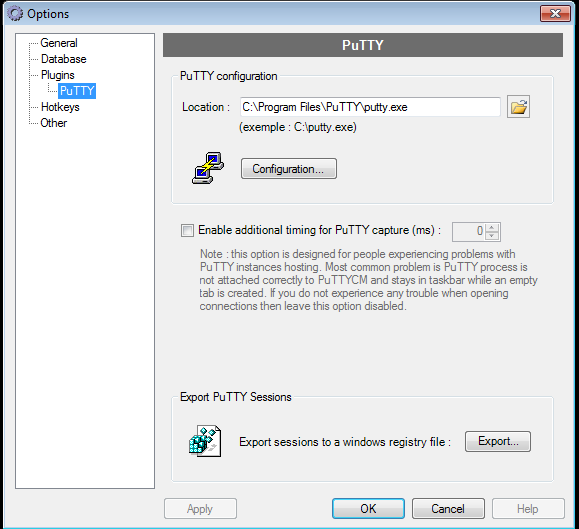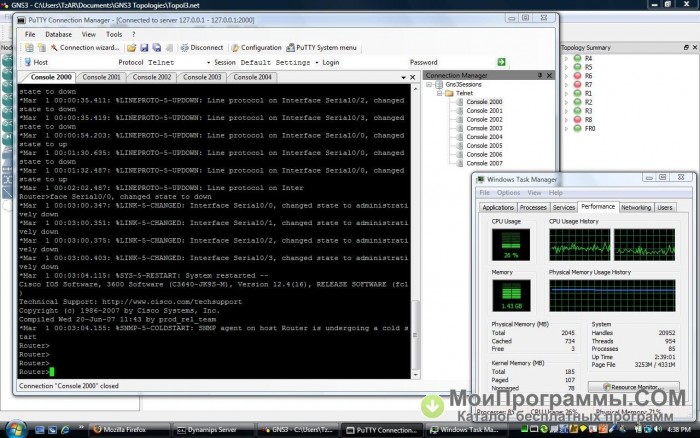


The software gets installed under C:\Program Files\Kerberos by default. Checking the time synchronization when prompted is a good idea. You will be asked a series of questions, but you can safely use the defaults, and just click through the screens. Once this file is copied on to your machine, execute it to install the Kerberos program.Next, click on the file listed next to Installer. Scroll down to the MIT Kerberos for Windows section and click. Under Download, click on the link to Sources and binaries from MIT. This brings you to the MIT Kerberos page. Download the Kerberos client software from MIT.Log into an account with administrator privileges.MIT KfW V4.1 is the version recommended (it is nearly the same as that installed on all the FERMI Domain Windows machines and includes the Network Identity Manager). Use the ServiceNow form Computing Username and Primary Accounts. Next, you need to obtain a Kerberos principal and initial password for the FNAL.GOV realm. The page at MIT contains more detailed documentation.įirst, verify that you have administrator privileges on the PC. The version from Secure Endpoints is no longer available. This version includes a ticket manager application similar to the NetID Manager application. Kerberos for Windows (KfW) is available from MIT. Note that while the configuration described in this article complies with the Fermilab Policy on Computing and some divisions are recommending and supporting it, it is not formally supported by the Computing Sector. This software, when used with the PuTTY telnet/ssh client and the WinSCP SCP/FTP client, allows you to authenticate to Kerberos, open Kerberized connections to remote machines, and encrypt your data transmissions. This article provides instructions on how to install and configure the Kerberos software on your Windows system. Kerberos users and system administrators.

1.0 - Authored on by Fang Wang Installing Kerberos on Windows, for use with PuTTY and WinSCP


 0 kommentar(er)
0 kommentar(er)
